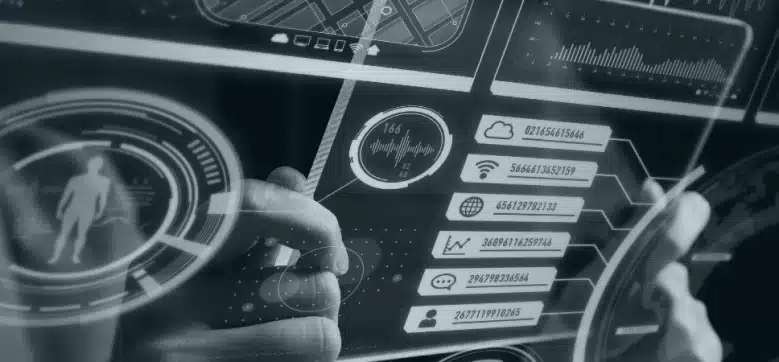CI/CD services for embedded systems
Reduce manual actions, enhance build quality, ensure repeatability, and optimize your KPIs with tailored CI/CD solutions.
Our approach to CI/CD for your specific embedded challenges

Designing tailored CI
We specialize in defining CI pipeline architectures tailored for industrial environments, leveraging tools and frameworks that streamline and accelerate reliable software development. By integrating Cloud DevOps practices with embedded systems tools, we create scalable, efficient environments for embedded, middleware, and Cloud software projects

Securing Software development
Security is at the core of our development practices and integral to our DevSecOps approach. We support you in tackling embedded security challenges through software signature and encryption mechanisms, vulnerability monitoring, and static application security testing.

Mastering Deployment
Cloud deployments are usually centralized, but embedded systems pose unique challenges in managing device fleets and their software lifecycle. We can support you on your automated deployment journey, from validation to monitoring of your device fleet. Our team can also assist with IoT platform deployments like Kamea, Mender, or Thingsboard.

Antoine Roy
Digital Industrial Manager
The team was totally focused on the business value.
Witekio has been a great technological guide into this IoT world that was new to us and helped us to design and build a scalable and reliable architecture.
Witekio has been a great technological guide into this IoT world that was new to us and helped us to design and build a scalable and reliable architecture.

Our expertise in three pillars
01. Technology agnosticism
We’ve mastered the best cloud-based DevOps practices to meet the unique demands of embedded projects, including specialized tools and strict build constraints. Our expertise enables us to support your CI/CD processes for complex systems, even those with numerous build configurations, artifacts, and components to manage.
02.Platforming expertise
Modern development increasingly relies on common codebases to support many products and devices. To handle this complexity, we build CI/CDs with compilation options that manage a wide range of variables and combinations. This approach ensures consistent build quality and adaptability across different contexts, such as boards, brands, regions, and feature options.
03.Industrial experience
Embedded development in industrial settings demands a balance of robustness and agility. We bring the best of both worlds by blending V-cycle and Agile methodologies. Our DevOps experts design CI/CD pipelines that incorporate automated testing, security by design, and code quality tools. This enables our clients to frequently deliver reliable firmware that can be securely updated remotely, all while maintaining trust and ensuring long-term security.
Key benefits of DevOps for embedded
Leveraging agility
- Software transparency: know what is in your software, and how it is built.
- Continuous improvement: CI/CD suited to your workflow and evolving to fit to your teams’ needs and foster improvement.
- Frequent releases: automated processes allow releasing every individual software increment and thus increase productivity.
- Shorter software lifecycle: each feature can be released when it’s ready and validated.
Ensuring quality at every stage
- Static analysis: set up of specific tools, refining the configuration and rules to fit your project’s environment and languages.
- Security check: through automated CVE analysis, security scans, secrets management
- Unit and functional test integration: either emulated, simulated or run on actual test farm
Enabling traceability & compliance
- Reproducibility: by using a reproducible environment, you can ensure the repeatability of your build processes and ensure buildability on the long-term of your project’s maintenance.
- Dependency management: keeping track of your dependencies from availability, security and compliance, is key to bring confidence and compliance in your project.
- Releases: with automated release management, you can ensure trust in your products by know what updates you introduced between releases and by listing all the used dependencies in your SBOM.
Optimizing processes and costs
- Cost vs features: specifying all stakeholders needs and requirements to choose the right tools at the right price.
- Anticipating: even the smaller choice can have a huge impact on the usability or expenses of your project in the long run or when your needs and device fleet grow.
- Scalability: some parts of your projects may require some very specific or powerful infrastructure to run them (like building a Yocto image for instance).
- Performance: choosing the right pattern to optimize speed up your build time.
Start streamlining your processes and software development
Our Devops team is here to help you audit and build the right CI/CD for your project.
We transform your device vision into reality
We support your teams in designing, building, and running innovative products, from embedded software to application development


